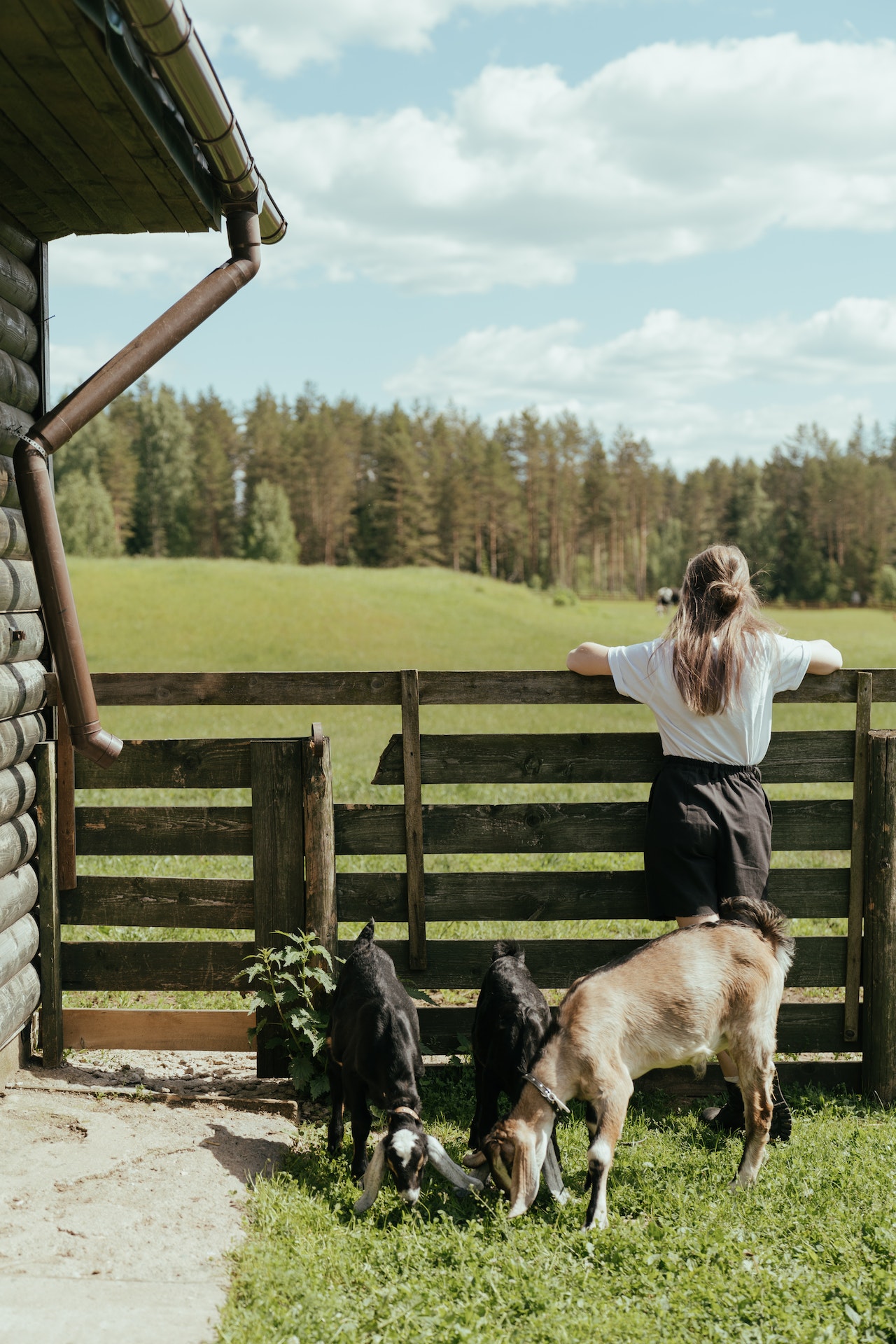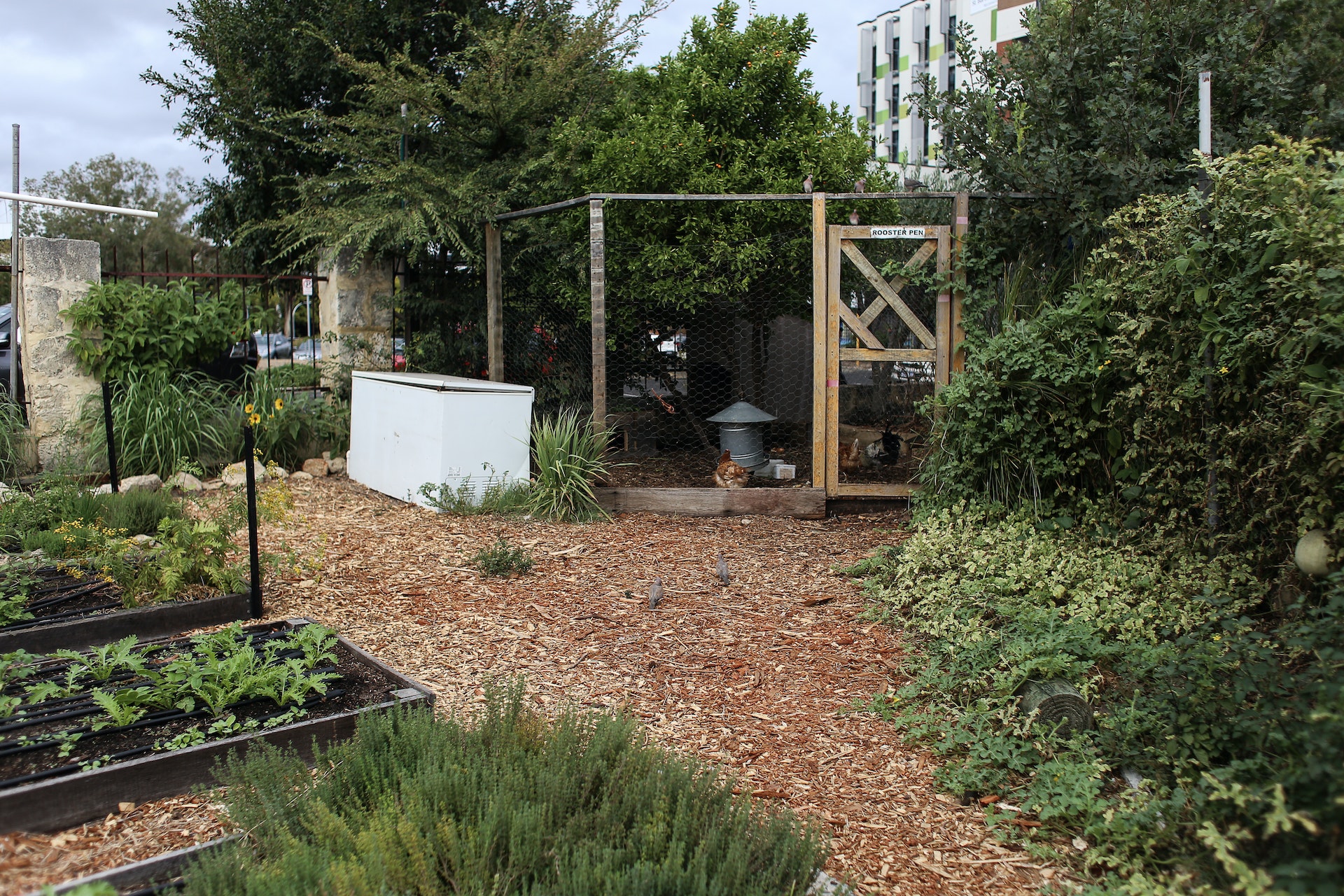Photo by: Cottonbro Studio Source: Pexels
In the vast landscapes that embody our planet, the security and safety of one’s homestead are paramount. A homestead is not just a piece of land or a house—it’s a haven, a sanctuary, a place of refuge. In these uncertain times, when the world is in flux and personal security is of paramount importance, a secure homestead can offer peace of mind.
While we might think that living off the grid or on a homestead offers natural protection, it’s essential to understand that rural settings can sometimes be more vulnerable to intrusions than urban environments. This article will dive deep into the world of securing your homestead against intruders using readily available items and tapping into the natural environment.
1. Understand the Lay of the Land
Start by surveying your property. Understand its natural boundaries, access points, and potential vulnerabilities.
- Natural Barriers: Take advantage of naturally occurring barriers. Rivers, thick woods, or thorny bushes can act as natural deterrents.
- Clear Visibility: Clear unnecessary underbrush and keep a well-maintained perimeter. This ensures intruders cannot approach unseen.
- Monitor Access Points: Identify main entry routes and ensure they’re monitored and secured.
2. Fencing
A sturdy fence is a clear line of defense and can be made with various materials:
- Wood: Robust and can blend with the environment.
- Barbed Wire: A deterrent against human and animal intruders.
- Chicken Wire: Useful to keep smaller animals out.
- Natural Fencing: Planting a line of thorny bushes or trees can act as a deterrent and looks more pleasing.
3. Reinforce Entry Points
Your doors and windows are primary entry points:
- Solid Doors: Ensure exterior doors are solid wood or metal.
- Window Reinforcement: Use security film or mesh to make windows harder to break.
- Deadbolt Locks: A must for all exterior doors.
- Brace Sliding Doors: A simple wooden dowel or metal bar can prevent a sliding door from being forced open.
4. Alert Systems
Even without electricity, there are ways to create alarm systems:
- Bells: Attach bells to strings or wire around the perimeter.
- Guard Animals: Dogs are excellent, but even geese or guinea fowl can be noisy alarm systems when strangers approach.
- DIY Tripwire: Use fishing line and cans filled with pebbles as a basic tripwire alarm.
5. Natural Camouflage
Using your environment to conceal your home:
- Natural Materials: Building with stone or logs can help your home blend in.
- Earth Berms: Building into a hillside or using earth berms can hide your home from view.
- Vegetative Cover: Plant trees and shrubs strategically to block the view of your home.
6. Lighting
Even without a constant power source, illumination is key:
- Solar-Powered Lights: Install around the perimeter to light up when movement is detected.
- Oil Lanterns: Can be strategically placed to provide sudden light.
- Reflectors: Mirrors or reflective materials can disorient an intruder when hit with light.
7. Defensive Landscaping
The plants you choose can offer more than just aesthetic value:
- Thorny Plants: Roses, blackberries, or hawthorn can be natural barriers.
- Noise-Making Ground Covers: Gravels or dried leaves can create noise when stepped on, acting as an alert system.
8. Safe Room
If an intruder does get in, having a place to retreat is vital:
- Solid Door with Multiple Locks: This room should be impenetrable.
- Supplies: Stock it with water, non-perishable food, communication tools, and first-aid.
9. Communication
Being off the grid doesn’t mean being out of touch:
- Whistles: A loud whistle can alert others on your homestead.
- Two-Way Radios: Useful if you have a larger property or multiple dwellings.
- Mirrors: Can be used for signaling during the day.
10. Defensive Tools
Always have some tools at hand for defense:
- Firearms: If you’re trained and feel comfortable, a firearm is a solid defense.
- Bows or Crossbows: Silent and effective.
- Blunt Instruments: Baseball bats, crowbars, or even farming tools.
11. Perimeter Patrols
Routine checks:
- Routine is Key: Regular checks will familiarize you with what’s normal and what’s out of place.
- Footprints or Trails: Look for signs of human presence.
- Fresh Damage: Check fences, locks, and barriers regularly.
12. Know Your Neighbors
In a rural setting, community is essential:
- Establish Trust: Build relationships and understand mutual concerns.
- Create Alert Systems: A simple code or signal can alert neighbors to trouble.
- Community Watch: Rotate security responsibilities with trustworthy neighbors.
In Conclusion
A secure homestead is the result of forethought, preparation, and an intimate understanding of your environment. The above strategies utilize what’s readily available, from the natural barriers provided by the environment to simple tools that can be found on any homestead.
Remember, the essence of security is not just in the physical measures you put in place, but in the mindset with which you approach them. Always be aware, be prepared, and most importantly, be safe. Your homestead is your sanctuary, and with these steps, it can remain a place of peace and security in the face of uncertainty.



